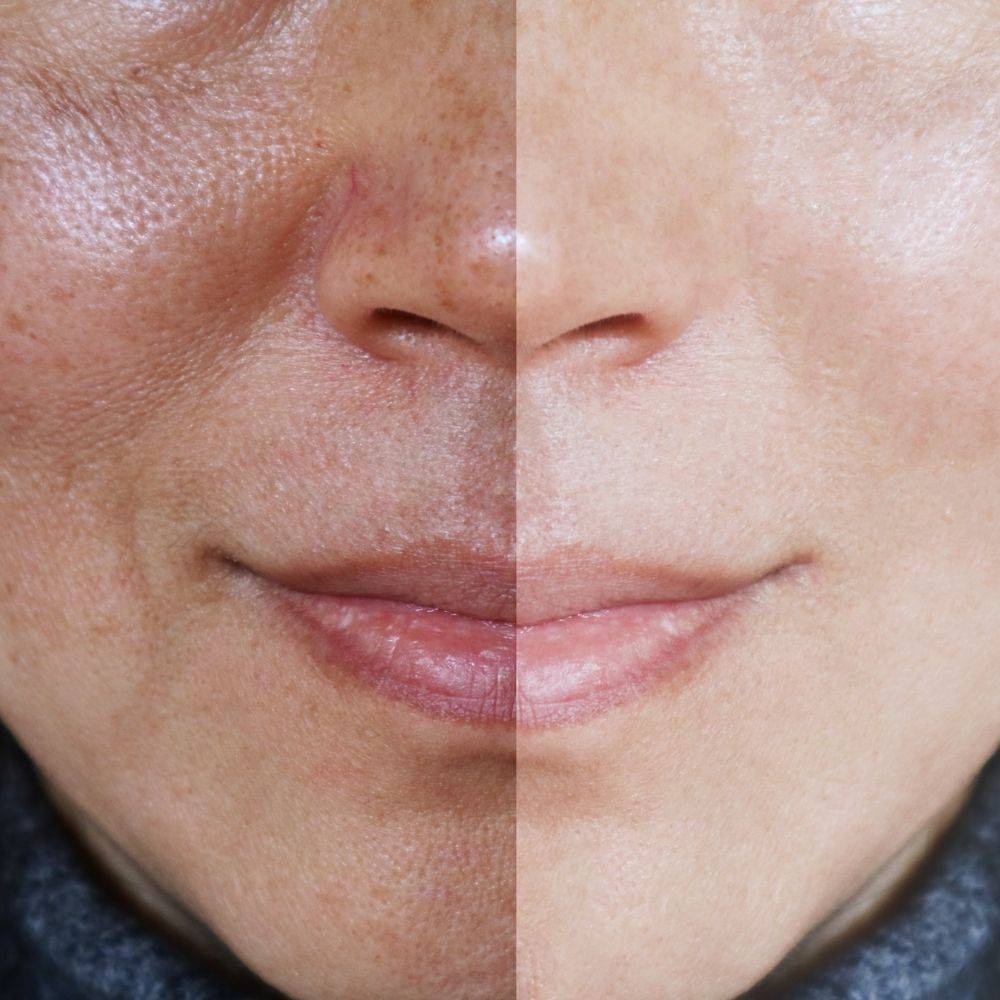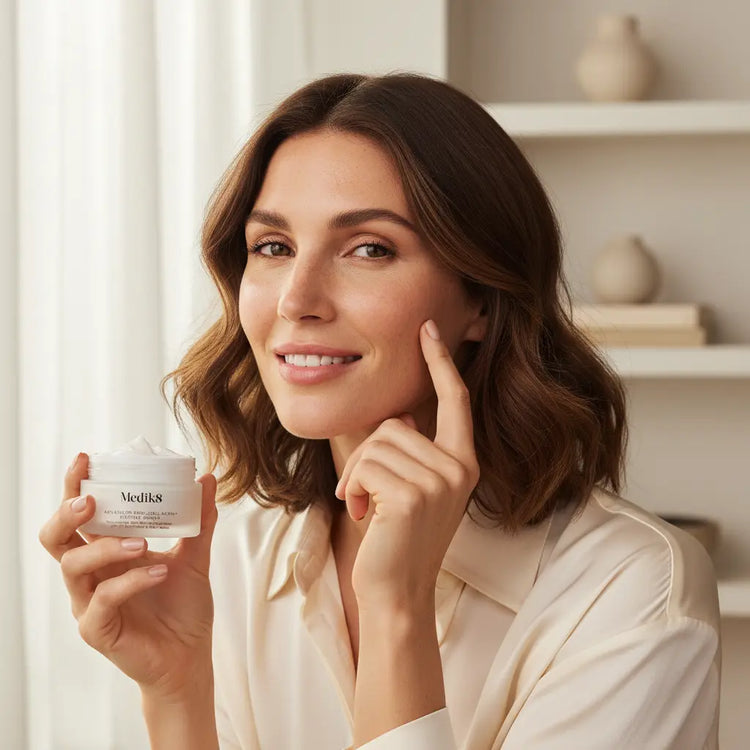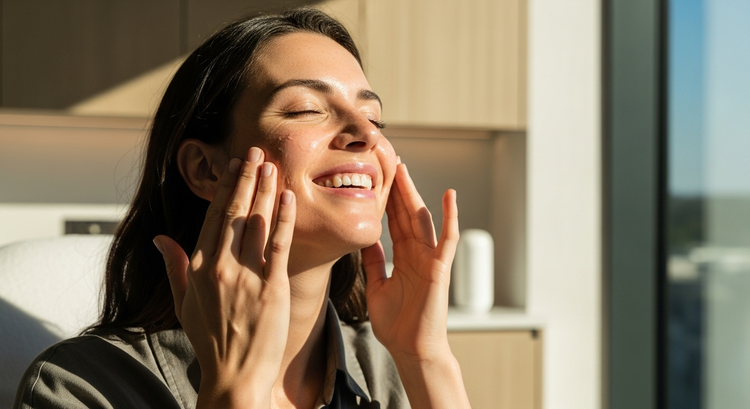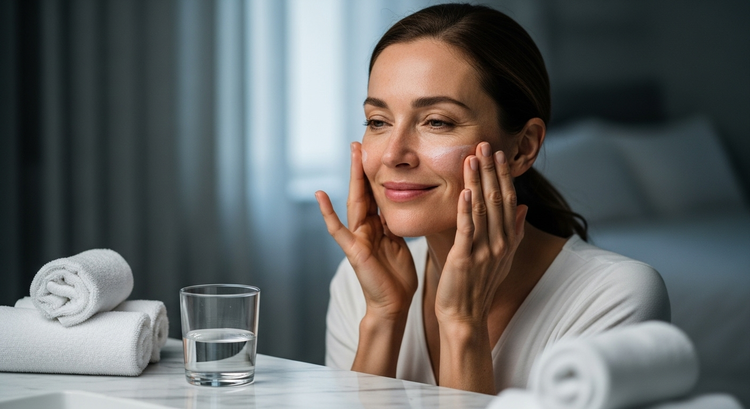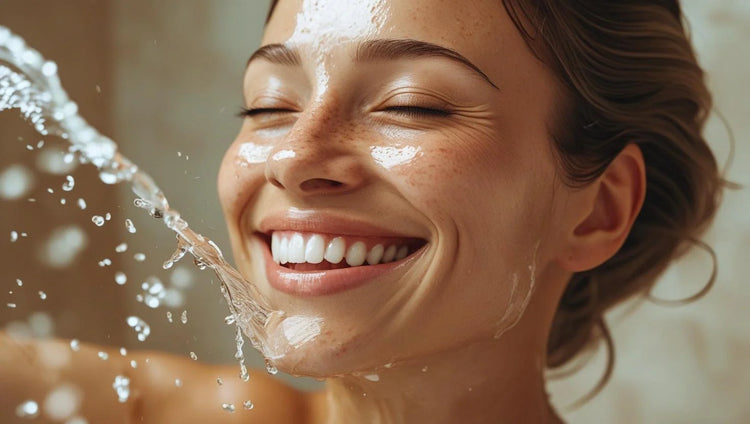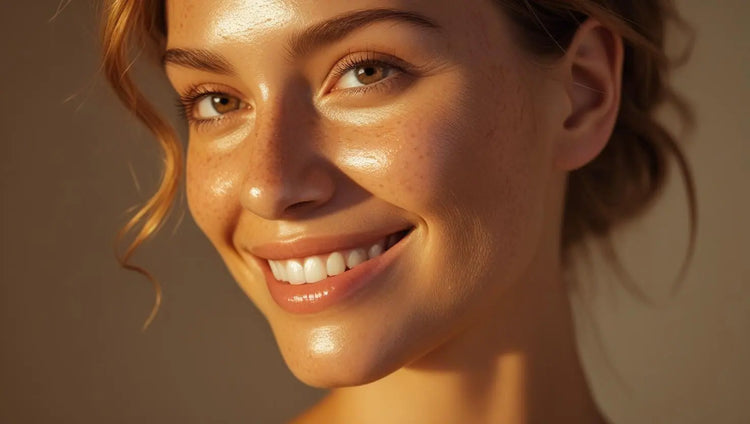Pigmentation is a complex skin condition to treat and there isn't a "one size fits all" solution.
There are several different types of pigmentation which are all influenced or brought on by different contributing factors.
In essence, hyperpigmentation is caused by an increase in melanin. Melanin is the natural pigment that gives our skin, hair, and eyes their colour. Melanin is also a form of anti-oxidant that protects the skin from UV radiation.
Several factors can trigger an increase in melanin production, but the main causes are UV exposure, hormones, medications, and trauma.
As a Skin Therapist, I get a lot of questions about Pigmentation from my clients. So I compiled the most commonly asked questions about Pigmentation in this blog to help you guide you in case you have this skin condition.
